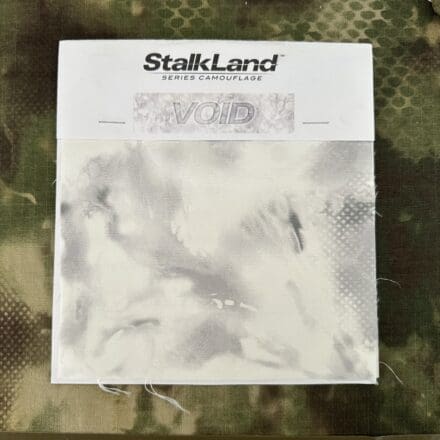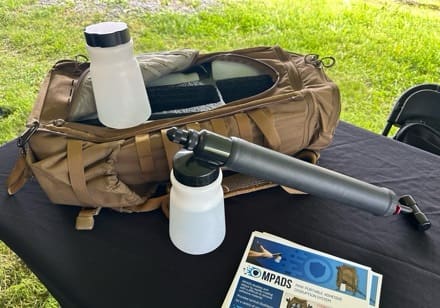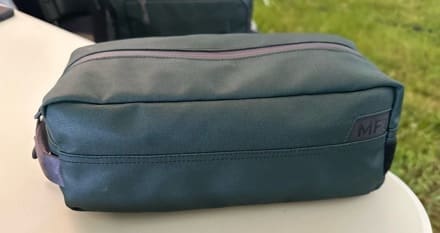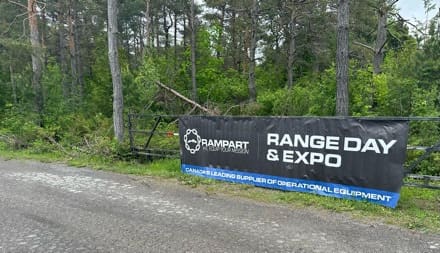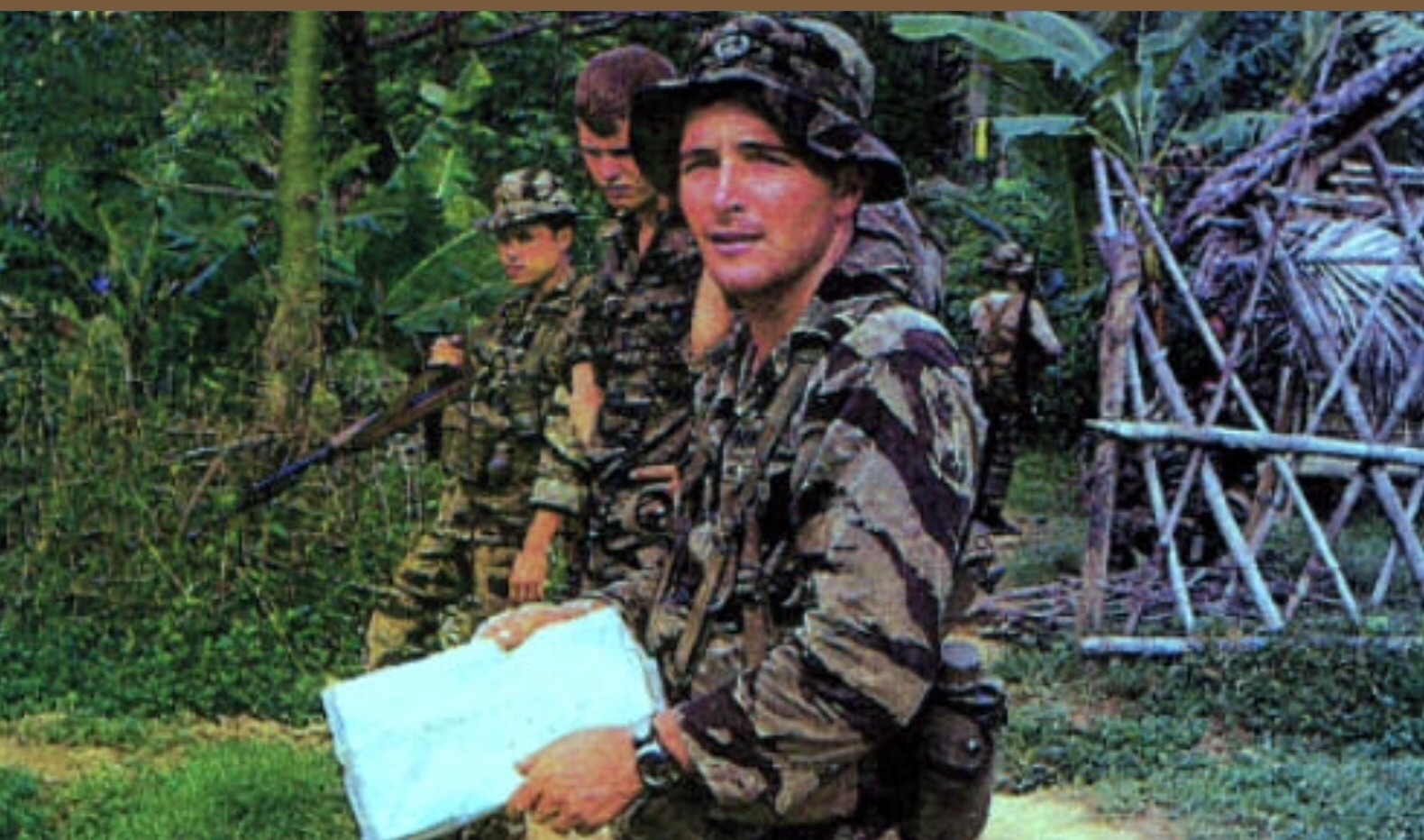PETERSON SPACE FORCE BASE, Colo. (AFNS) —
The 72nd Intelligence, Surveillance and Reconnaissance Squadron held a readiness exercise at Peterson Space Force Base, May 8. The exercise focused on practicing mission-essential tasks, training Guardians in a low-threat environment and validating unit readiness for deployments.
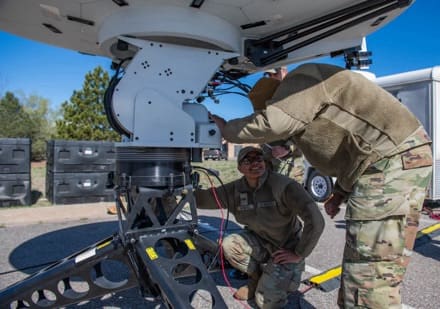
“Our Guardians will be able to go through the entire deployment process, from required training to using equipment, as they exercise our mission essential tasks,” said 1st Lt. Wyatt Packard, 72nd ISRS operations flight commander. “This will validate the previous training they undertook in their ‘Prepare Phase’ of [Space Force Generation].”
A framework that the USSF is using to present forces to combatant commands, SPAFORGEN provides force element packaging tailored to meet combatant commander’s requirements.
“SPAFORGEN is the model we use to build readiness. It is based on the straightforward observation that day-to-day space operations do not prepare Guardians for the challenges they will face in a high-intensity combat environment… Under SPAFORGEN, the force elements that comprise combat squadrons and detachments rotate through three phases. During the Prepare Phase, Guardians build expertise in assigned roles. Next comes the Ready Phase where Guardians participate in advanced training to equip them for high-intensity conflict. Guardians then rotate into the Commit Phase as part of a combat squadron or combat detachment. Once complete, they rotate back into the Prepare Phase and begin the process again,” according to Chief of Space Operations Gen. Chance Saltzman in his 26th CSO Notice to Guardians published April 19.
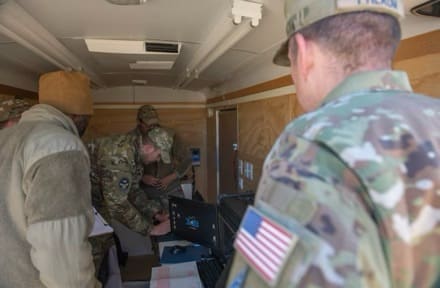
Tech. Sgt. Matthew Hahnrauch, exercise lead and 72nd ISRS operations flight chief, discussed the organizational structure of how the units are designed to operate.
“The goal is to collect radio frequencies, provide electromagnetic support and then conduct reporting,” Hahnrauch said. “The six-person crew is designed with mobility and survivability as a priority. This team structure is designed for 24/7 operations and minimal support from other military forces to accomplish the designed tasks.”
The 72nd ISRS uses Deployed ISR Support Crews, which are modular, agile teams designed for worldwide deployment and operations, Hahnrauch said. They are composed of five components.
“These components are collection apertures, processors, communication suites, data relay and temporary Secure Compartmentalized Information Facilities,” Hahnrauch said. “Each variation of DISC is trained on slightly different equipment and DISCs are scaled up or down depending on the systems they are operating.”
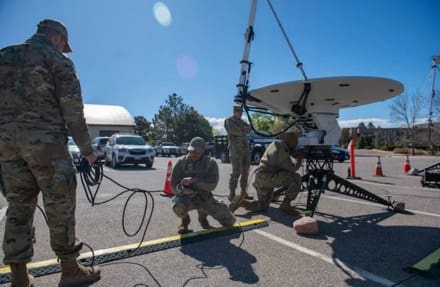
Communication technologies have rapidly advanced in the last 20 years and the need to advance U.S. collection systems has increased.
In cyberspace, the barriers to entry are continually reduced and more actors can enter the domain with relative ease, Hahnrauch said. Military systems are increasingly disconnected and do not rely on communications and when over-the-horizon communications are required, dedicated military satellite communications are leveraged. This presents opportunities for cyberspace, electromagnetic warfare and space operations.

“Failure to field and employ expeditionary, mobile collection systems will place the joint force at a disadvantage in cyberspace operations, electromagnetic warfare and space operations and degrade our ability to produce the intelligence necessary to drive operations across the spectrum of competition and conflict,” Packard said. “We will continue to execute iterations of this training event with the intent of mission rehearsal for contested environment operations. In the future, we’ll be incorporating more austere components into the exercise to provide a dynamic and mobile collection with the ability to rapidly deploy, maneuver and communicate in a high-end fight. Our capabilities continue to grow and expand.”
The 72nd ISRS is a unit within Space Delta 7, with the mission to provide expeditionary ISR in addition to electromagnetic support to joint and allied partners worldwide.
By Keefer Patterson
Space Base Delta 1 Public Affairs


